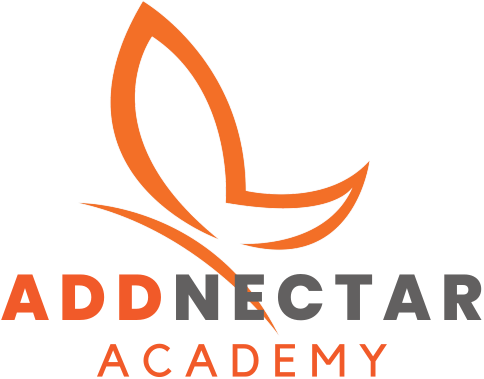In the ever-evolving digital landscape, Google Ads remains a powerhouse. As the undisputed king of search engines, Google offers a unique opportunity to reach users actively searching for products or services related to your business. This guide equips you with the knowledge to harness the power of Google Ads and drive targeted traffic that converts.
Keyword Research: Unlocking Search Intent
The cornerstone of successful Google Ads campaigns lies in keyword research. Identify relevant keywords with high search volume and low competition using tools like Google Keyword Planner. Consider incorporating trending long-tail keywords that are more specific and have a higher conversion intent. These keywords attract users further along the buying journey, searching for solutions to their specific needs (e.g., “best running shoes for flat feet”).
SEO Optimization for Organic Growth:
While Google Ads offers a powerful pay-to-play model, don’t underestimate the importance of organic search engine optimization (SEO). Optimize your website content with relevant keywords, ensuring search engines can understand your offerings and rank you higher in search results for targeted keywords. Utilize on-page SEO best practices like title tag optimization, meta descriptions, and internal linking to improve your website’s organic visibility.
Targeted Marketing with Precision:
Google Ads allows you to create targeted pay-per-click (PPC) campaigns. You only pay when someone clicks your ad, making it a cost-effective way to reach users actively searching for relevant keywords. Here’s a breakdown of popular campaign types:
- Search Network Campaigns: Target users based on the keywords they search for on Google and its partner websites. This is a fantastic way to reach users with high purchase intent.
- Display Network Campaigns: Place your ads on a vast network of websites and apps relevant to your target audience. This approach focuses on brand awareness and reaching users earlier in the buying journey.
- Shopping Ads: Showcase product images, pricing, and merchant information directly in search results for relevant product searches. This is ideal for e-commerce businesses looking to drive product sales.
- Advanced Targeting Options: Go beyond keywords! Google Ads offers a robust targeting system to ensure your message reaches the most relevant audience. Here are some powerful options:
- Demographics: Target users based on age, gender, income, and parental status.
- Interests: Reach users based on their browsing habits and online behavior.
- In-Market Audiences: Target users who are actively researching or considering purchasing products or services similar to yours.
- Remarketing: Retarget website visitors who haven’t converted yet, reminding them about your offerings and enticing them to return to your website.
- Conversion Tracking: Measuring Success
Data is king in the world of Google Ads. It’s crucial to track conversions to measure the effectiveness of your campaigns. Here’s how:
- Conversion Goals: Define what a conversion means for your business. Is it a sale, a newsletter signup, or a phone call?
- Conversion Tracking: Implement conversion tracking code on your website to monitor these actions.
- Analyzing Performance: Track metrics like impressions, clicks, cost-per-click (CPC), and conversion rate. Analyze this data to understand which keywords, ad formats, and targeting methods are driving the most conversions and optimize your campaigns accordingly.
- Beyond the Basics: Advanced Google Ads Techniques
As you gain experience, explore advanced Google Ads features like:
- Ad Extensions: Enhance your ads with additional information like phone numbers, location details, and links to specific website pages.
- Negative Keywords: Prevent your ads from showing for irrelevant searches that won’t convert.
- Bidding Strategies: Leverage automated bidding strategies to optimize your bids for maximum conversions or return on ad spend (ROAS).
- Embrace the Power of Google Ads: By implementing these strategies and continuously optimizing your campaigns based on data insights, you can transform Google Ads into a powerful tool to reach ready-to-buy customers, drive conversions, and achieve your marketing goals. Remember, Google Ads is a dynamic platform. Stay updated on the latest features and trends to stay ahead of the curve. With dedication and ongoing optimization, you can unlock the immense potential of Google Ads and propel your business forward.

